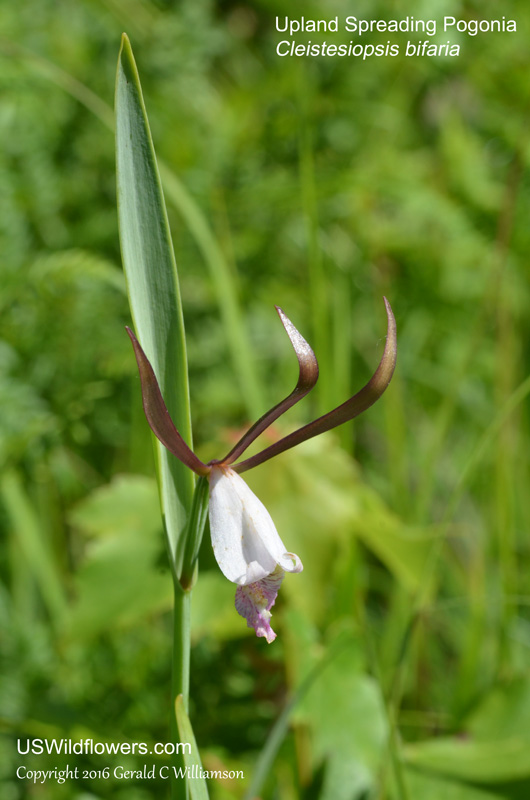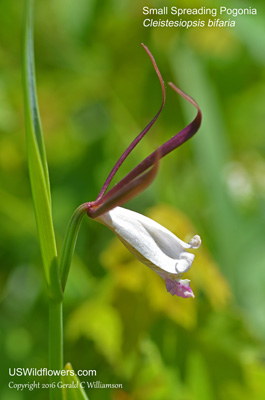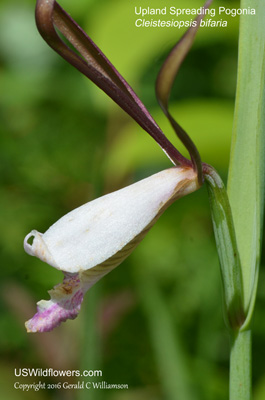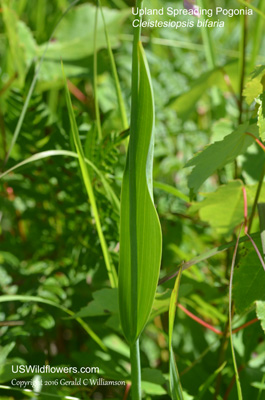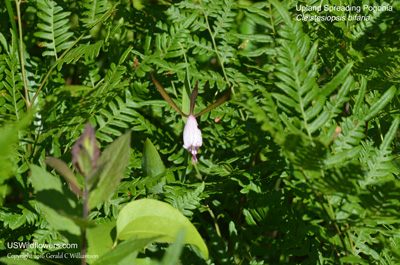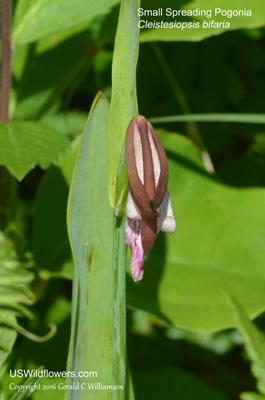Wildflowers of the United States | |||||||||||||
| |||||||||||||
Cleistesiopsis bifaria - Upland Spreading Pogonia, Appalachian Small Spreading Pogonia, Small Spreading Pogonia, Small Rosebud Orchid, Funnel Crest. syn. Cleistes bifaria, syn. Cleistes divaricata var. bifaria. One only needs to look at the science of botanical classification to understand what a slippery slope onto which they've stepped when they put their faith in science. This plant was originally classified in the Arethusa genus by Linnaeus. That genus was split up (there is now only 1 species left in Arethusa), and Spreading Pogonia wound up in the Pogonia genus. In 1922 that genus was reworked, and this plant was placed in Cleistes as Cleistes divaricata (Cleistes comes from the Greek word kleistos - closed - which references the lip and petals that separate only near the tip, with most of the corolla length enclosed as a tube.) In 1946 it was recognized that distinct varieties were needed to properly define the plant, and Cleistes divaricata var. bifaria was born. In 1992 the Spreading Pogonia varieties were determined to be distinct enough that the bifaria variety was elevated to species status as Cleisted bifaria. In 2004 a study was published which led to the proposed separation of the montane (Upland Spreading Pogonia) and coastal plain (Coastal Plain Spreading Pogonia) plants previously considered to be Cleistes bifaria (distinguished from Cleistes divaricata primarily by size of various parts.) Scent is the key diagnostic between the odorless montane species Cleistes bifaria and the vanilla-scented coastal plain plants placed into the new species Cleistes oricamporum, formalized in 2009. However, these three North American species had some noteworthy differences from the South American members of the species (which significantly outnumbered the N.A. species), and in 2009 the name Cleistesiopsis ("like Cleistes") was formally introduced, and many authorities have lined up with that new name.
| Cleistesiopsis bifaria is a plant of moist to moderately dry meadows and grassy openings of the mountains and Piedmont of the southeast - as far north as West Virginia and southward into northern Alabama and Georgia. Since some authorities have not yet aligned with the separation of the C. oricamporum species, including the USDA whose map I use, I am continuing to list this in AL, FL, LA, MS, and TX, states which would not include Cleistesiopsis bifaria, but would include Clestesiopsis oricamporum. Since Upland Spreading Pogonia best describes the narrower definition of C. bifaria, I am choosing to use that common name rather than the perhaps more widely used Small Spreading Pogonia. Found in: AL, FL, GA, KY, LA, MS, NC, SC, TN, TX, VA, WV, GS Leave comments on Cleistesiopsis bifaria at this link.  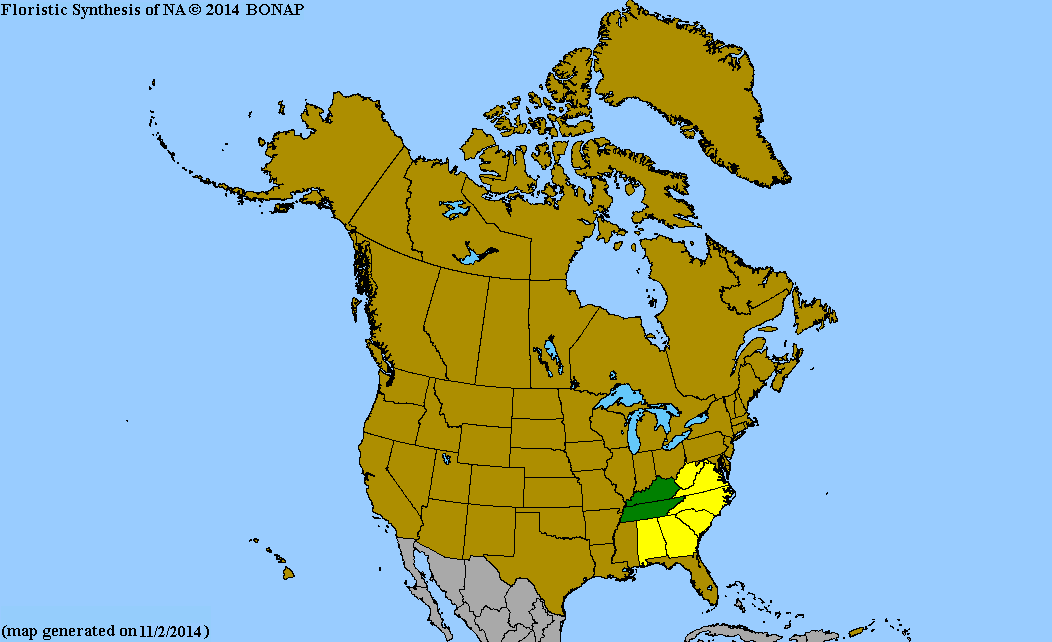 Map courtesy of The Biota of North America Program. Map color key Search Our Database: Enter any portion of the Scientific, Common Name, or both. Do a general Google search of the entire site: #ad #ad
| #ad
| | ||||||||||
|
Commercial / Cookie Notice Looking for Wildflowers for a specific state? Check here: | |||||||||||||
|
All content except USDA Plants Database map Copyright Gerald C. Williamson 2025 | |||||||||||||
Code Update 20230302

